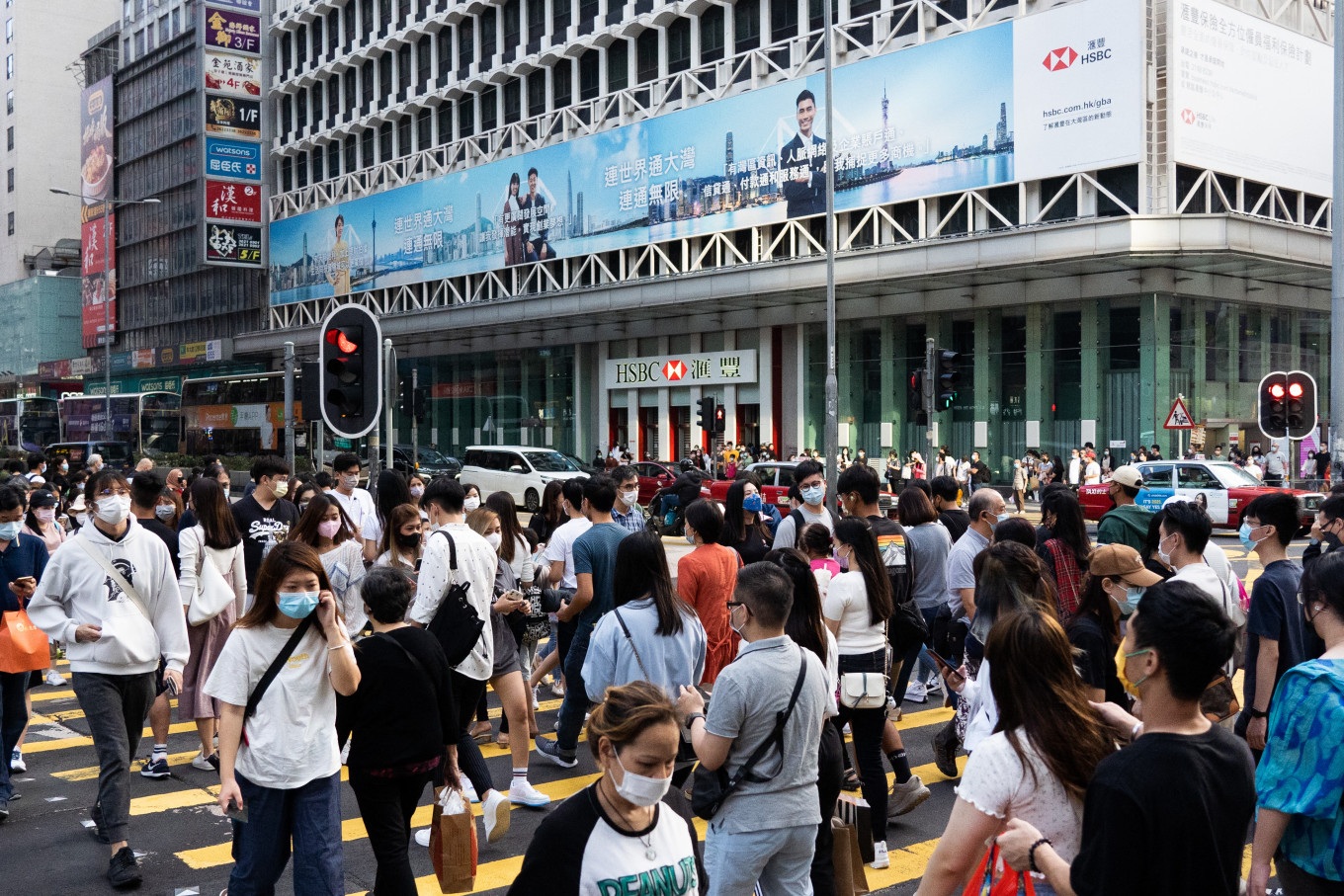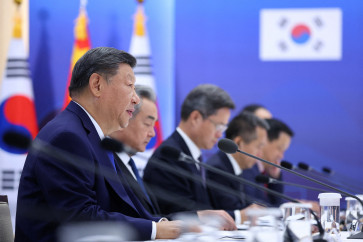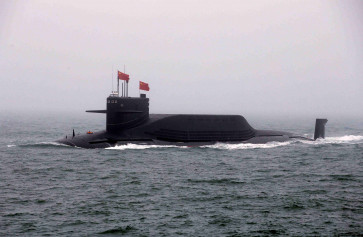Popular Reads
Top Results
Can't find what you're looking for?
View all search resultsPopular Reads
Top Results
Can't find what you're looking for?
View all search resultsHong Kong’s future: Strategizing to 2047
In hindsight, Hong Kong neoliberals made the same three mistakes that Singapore foreign affairs guru Kishore Mahbubani attributed to American elites on recent US-China rivalry: metaphysical, ideological and strategic.
Change text size
Gift Premium Articles
to Anyone
W
hat is Hong Kong’s pathway to 2047? Since Hong Kong Special Autonomy Region’s (HKSAR) return to China in 1997 under the One Country Two Systems principle for the next 50 years ending in 2047, Hongkongers have emphasized two systems, neglecting the timeline to one country.
This was a strategic failure of the first order, since Hong Kong elites should have mapped out different scenarios and pathways to 2047, rather than hoping that two systems can be maintained or extended beyond 2047, like a renewed lease.
Part, but not all of the strategic failure, lay in the philosophy of “Positive Non-Interventionism”, that became a mantra of the Hong Kong Civil Service. Coined by Sir John Cowperthwaite in 1971, then Hong Kong financial secretary, the mindset fitted British colonial policy which saw Hong Kong as a lucrative outpost in the Far East, where non-interventionism meant minimal burden on the British Treasury, maximum freedom for business and also least likely to provoke the Chinese Dragon.
Hong Kong residents were free to develop business, provided they did not interfere in politics. Hong Kong civil servants were trained to execute policies essentially formed by the British governor, who referred to London every day. What Milton Friedman praised as “laissez-faire” made economic sense with political reality, as Hong Kong was a borrowed place on borrowed time.
From a server economy to the British mainframe, Hong Kong politicians and civil servants had to switch to autonomy under the Basic Law in 1997, but true sovereignty rested in Beijing. The Hong Kong-US dollar link fitted everyone’s strategic and political goals, because US-China were on the same side since the 1972 rapprochement. But this was where Hong Kong democrats and liberals forgot political realism.
What happens if there is a US-China rift in which Hong Kong is caught in the middle?
In 1997, Hong Kong was an economic and financial asset to China, but a potential political liability. Anyone who did simple projections of Chinese growth would have known that by 2047, China would be at least a major, if not the top, economic power, in which Hong Kong would play an important but lesser role relative to Mainland centers such as Shanghai or Guangdong/Shenzhen.
In hindsight, Hong Kong neoliberals made the same three mistakes that Singapore foreign affairs guru Kishore Mahbubani attributed to American elites on recent US-China rivalry: metaphysical, ideological and strategic. The first is to assume that China becoming rich would become more like the United States. The second draws the semi-religious line between “good” capitalism versus “evil” communism, forgetting that the pot is calling the kettle black. Third, the US entered into a strategic fight with no clarity in strategic goals, other than maintaining number one status.
Those who believed in limitless freedom and democracy did not accept the reality that no one can poke any great power, not least the dragon, in the eye without consequences. And with gridlock at the legislative council level, there was no way that HKSARG could implement any policy to compete at the economic and technology levels against mainland cities that are roaring ahead with state-market partnership.
And not being able to reduce internal inequality because of inability to provide cheap housing, Hongkongers felt left behind in the same way that American middle class felt alienated by neoliberal policies. Strategic policy drift is disaster when the neoliberal free market promises prosperity but it is unequally shared. Worse, reliance on the market, when the competition has state-market partnership with the capacity to implement and execute change signals slipping behind.
Now that the National Security Law is a reality, what are Hong Kong’s strategic options to 2047?
Carrie Lam’s recent 168-page 2021 Policy Address has a formidable list of proposed actions and programs, without spelling out clearly the strategy and philosophy behind the address. The address focused rightly on three priority aspects – national security; integration spatially with the Greater Bay Area through the Northern Metropolis and synchronizing with the National Five Year Plans; and addressing citizen well-being by investing in net zero, housing, education, health, youth and a livable city.
The priorities and sensitivities in the address can be seen from 28 mentions of the term “national security”, seven for “climate change” and zero for “social inequalities”. Instead, the last item, probably the biggest driver of citizen unrest, was addressed as “social inclusion”.
The real social issue facing Hong Kong is a conflicted identity. Hong Kong has always been a Cantonese city where the elite has global pretensions, without clearly identifying with Greater China. That sowed divisions within the city which must be healed, but how to achieve that is a monumental task that must be addressed through action rather than just rhetoric.
In the Great Delusion: Liberal Dreams and International Realities (2018), Chicago professor John Mearsheimer argued that “culture alone is not enough to hold a society together. There are three other ways to keep a society intact. One is to create a foreign bogeyman sufficiently fearful to motivate the society’s members to work together to defend against the threat.
Another is to unify a majority by defending a treacherous “other” within the society itself. But the most important way societies prevent disintegration is by building formidable political institutions for which there is no substitute.”
Simply put, the US is casting China as the enemy to get bipartisan politics to work together. Both parties are demonizing each other to win votes, but building strong institutions to hold society together remains key. Blaming Beijing for Hong Kong’s ills echoes the first trait, whereas legislative council politics created gridlock. Alas, little has been done to engage the youth so that they who will inherit the city by 2047 will feel that they care and share that common future.
Delusion is vision without execution. Why has it been so difficult and slow to build affordable homes for Hongkongers? Transforming caged homes to a realized Common Prosperity is the real strategic priority and litmus test to re-heal a divided society.
That is the formidable task for any chief executive.
***
The writer is a columnist for Asia News Network. The article was based on a presentation to the Vision 2047 Foundation. The views expressed are his own.










